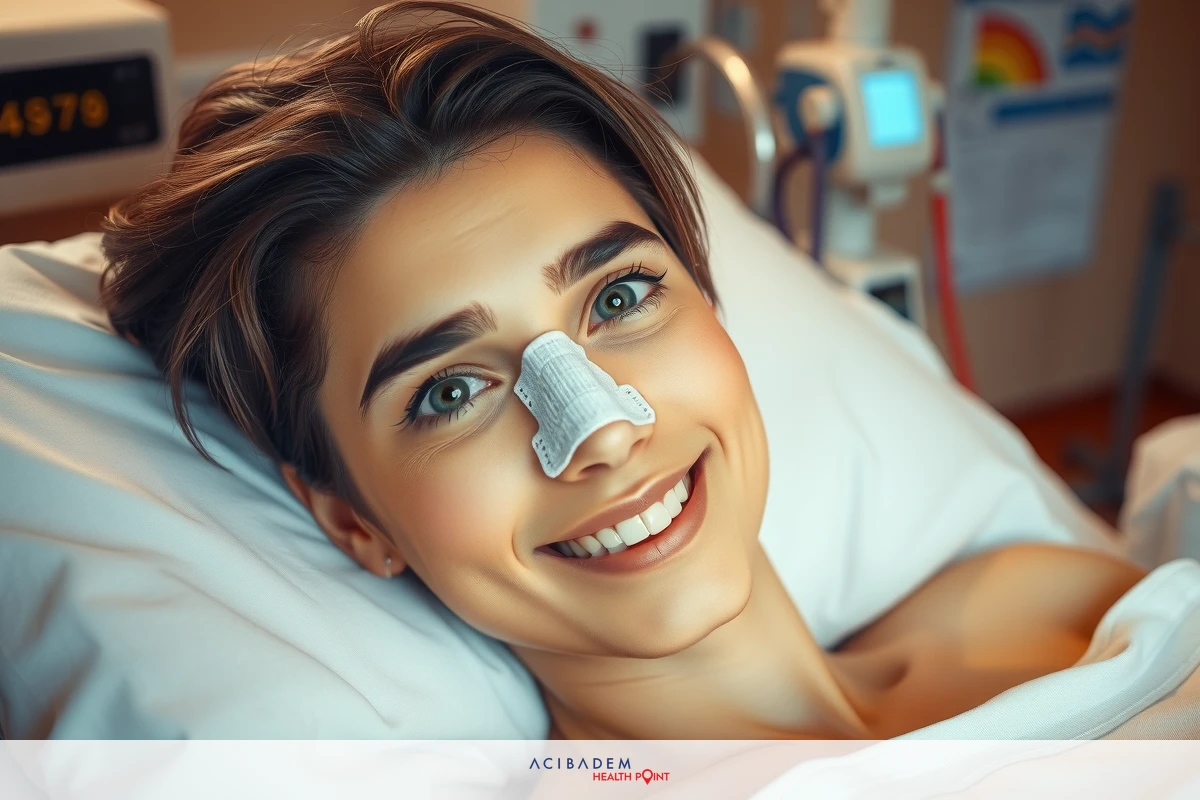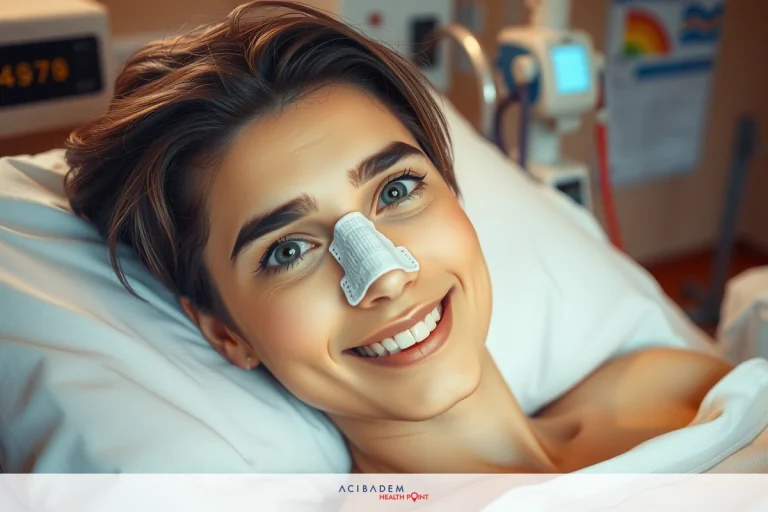Can a Rhinoplasty be Reversed?
Can a Rhinoplasty be Reversed? Rhinoplasty, often termed nose reshaping, intertwines art and science in an intricate dance to alter the nasal structure. It is not simply cosmetic; it also rectifies breathing issues. But what happens when the result falls short of expectations or causes unforeseen complications? This brings us to our core question: can rhinoplasty be reversed?
Reversal of rhinoplasty, while not common practice, does exist within the realm of possibility. The complexity lies within understanding that reversal does not mean returning to original form but rather correcting or improving upon previous alterations made during the initial surgery. An array of factors such as healing capacity, time elapsed since surgery and individual anatomical differences play pivotal roles in determining feasibility and outcomes.
Understanding Rhinoplasty
Rhinoplasty, a form of nose surgery often referred to as ‘nose reshaping’, is primarily performed for two reasons. The first reason involves cosmetic enhancement; individuals may desire changes in the shape, size or overall aesthetic appeal of their nose. The second reason relates to functional aspects; it serves to alleviate breathing difficulties caused by structural abnormalities.
Delving deeper into the process, rhinoplasty involves intricate surgical techniques that adjust the bone and cartilage under the skin covering your nose. These adjustments cater to both aesthetic correction and improvement of nasal function. Such corrections are not limited solely to visible exterior changes but also extend internally with modifications like straightening the septum – the wall separating your nostrils – for improved airflow.
Reversal comes into question when post-surgery results do not align with patient expectations or lead to unforeseen complications such as impaired breathing capabilities or discomforting appearance alterations. It’s important here to clarify what reversal entails: it does not signify returning back entirely to pre-operative state but rather rectifying previous alterations made during initial surgery through another procedure known as revision rhinoplasty.
The Reversal Process
The path to reversing a rhinoplasty begins with acknowledging the complexity of such an endeavor. It doesn’t imply simply undoing previous changes, but rather involves
revising and optimizing them through another operation named ‘revision rhinoplasty’. This procedure aims at correcting any undesirable outcomes from the initial surgery, whether they are functional or aesthetic.
Revision rhinoplasty can involve several different techniques depending on the nature of the issues to be addressed. For instance, if too much cartilage was removed during the original surgery resulting in a pinched tip appearance or nasal obstruction, cartilage grafts may be taken from other parts of the body (like ears or ribs) to rebuild and restructure the nose. Equally complex are situations where not enough tissue has been removed or reshaped adequately; additional surgical interventions might then become necessary for further refinement and improvement.
However, it’s important to note that this reversal process is far more challenging than primary rhinoplasties due to several factors including scar tissues from previous surgery affecting normal anatomy and healing potential. Furthermore, patient expectations must be managed effectively as complete restoration back to pre rhinoplasty state remains unattainable due to irreversible alterations made during initial surgery. Patient patience is also crucial – revision procedures should ideally take place no less than one year post-primary-surgery for accurate

assessment of final results once all swelling subsides completely.
Recovery and Considerations
Embarking on a journey of rhinoplasty reversal involves not just understanding the procedure but also comprehending the recovery process and post-operative care. The path to recovery is as significant as the surgery itself, with each stage requiring careful attention for optimal results.
The immediate aftermath of revision surgery sees patients with nasal packing or splints in place to support new changes. Swelling, bruising around eyes, mild pain are normal encounters during initial healing phase. As time progresses:
- Patients may experience temporary loss of smell due to internal swelling. 2. It’s recommended that patients keep their heads elevated even during sleep to reduce swelling.
- Strenuous activities should be avoided initially to prevent any accidental bumps which could affect healing.
- Follow-up visits will be scheduled by your surgeon for monitoring progress and addressing any concerns.
While these pointers provide general guidance, it’s important you follow personalized instructions provided by your surgeon tailored according to individual needs.
Now lets shift focus onto considerations beyond physical aspects; emotional readiness plays an equally crucial role in this journey:
- Set realistic expectations: Understand that complete reversion back to pre surgery state isn’t feasible but improvements can certainly be made. 2. Time investment: Be aware that full recovery takes time – typically up to one year before final results become evident.
- Financial implications: Ensure awareness about potential costs associated with revision procedures which may or may not be covered under insurance policies depending upon reasons behind seeking such intervention (cosmetic vs functional).
Remember, open communication with your surgical team throughout this process is essential for achieving desirable outcomes while minimizing potential risks and complications
Can a Rhinoplasty be Reversed? :Frequently Asked Questions
What does reversing a rhinoplasty mean?
Reversing a rhinoplasty, or revision rhinoplasty, doesn't imply undoing previous changes but rather involves revising and optimizing them. This procedure aims at correcting any undesirable outcomes from the initial surgery, whether they are functional or aesthetic.
How long after my primary rhinoplasty can I consider a reversal?
Ideally, revision procedures should be considered no less than one year post-primary-surgery. This allows accurate assessment of final results once all swelling has completely subsided.
Will my nose look exactly like it did before the first surgery if I get a reversal?
It's important to set realistic expectations - complete reversion back to pre-surgery state isn't feasible due to irreversible alterations made during initial surgery. However, improvements can certainly be made.
What is the recovery process after getting a nose job reversed?
The path to recovery is as significant as the surgery itself with each stage requiring careful attention for optimal results. Immediate aftermath of revision surgery sees patients with nasal packing or splints in place to support new changes while swelling and bruising around eyes along with mild pain are normal encounters during initial healing phase.











